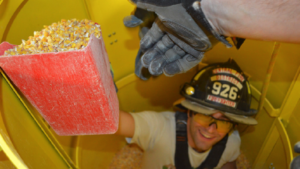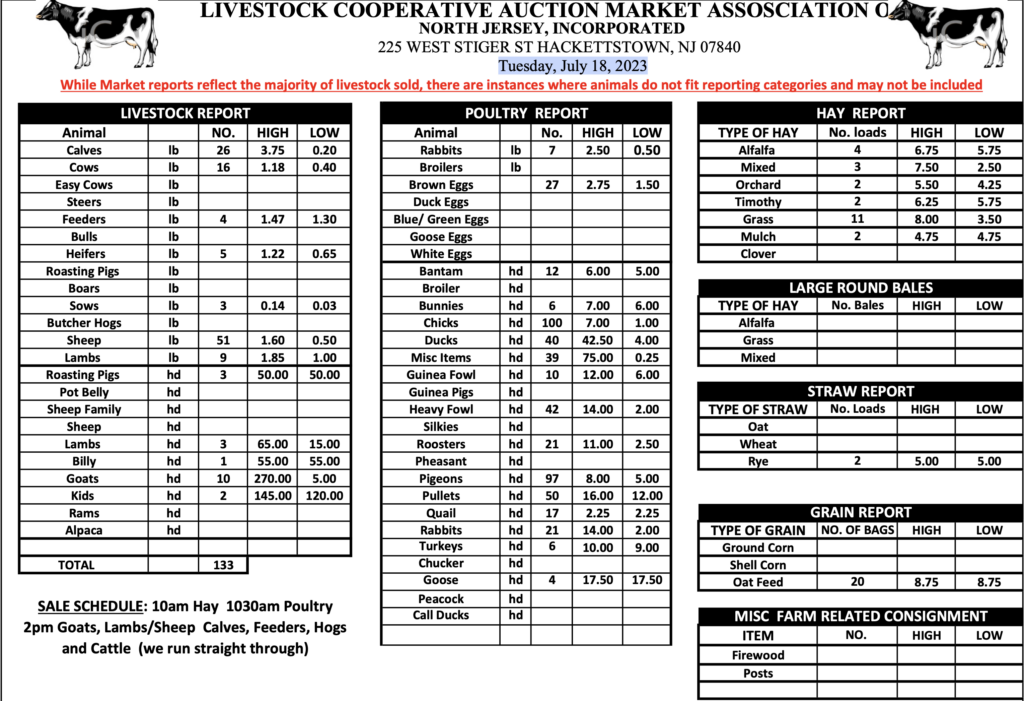By now you’ve probably heard from many venues that the educational sessions of our 2021 NJ Ag/VGANJ Convention will be held virtually the last week of February. Members of the Rutgers NJAES Vegetable Working Group and our colleagues that cover other commodities have developed a comprehensive program covering a wide range of topics. The entire up-to-date program can now viewed on the Vegetable Growers Association of NJ website – VGANJ.com/schedule.
As you will see on the program, concurrent two and a half hours-long, commodity-oriented sessions and workshops are scheduled each morning and afternoon. There will be sessions offering pesticide recertification credits. To accommodate the limitations of the Zoom platform, category credits will be available in afternoon sessions only, while two lunchtime sessions (Tues and Thurs) offer CORE credits.
Morning sessions may carry over into lunchtime Q&A discussions with speakers, if demand warrants, but on Wed, Feb 24, please join VGANJ President John Banscher for a special Tribute to New Jersey Farmers. We thank you for all your essential work during the pandemic of 2020, and we thank the VGANJ for sponsoring this educational event.
As we have offered at previous conventions, we are partnering with the NJ Dept of Health to offer their required training to those farmers/market managers who participate in the WIC & Senior Farmers Market Nutrition Program. However, so as not to interfere with afternoon sessions, this has been scheduled as a separate Zoom meeting from 4-6pm. More details will follow.
To obtain credits via a virtual meeting requires a couple of extra steps on your part. Please view and familiarize yourself with the steps to be followed in this guide, which will also be available if you sign up for credits after registering with VGA. If you are not looking for credits, you will be able to move from session to session, but those wanting credits will need to be signed in to the Zoom meeting within 10 minutes of the start, remain attentive and responsive to random polls, and logged into the session until it ends. There will be some allowance and support if there are technical issues, but otherwise, leaving a meeting early will disqualify you for credits.


